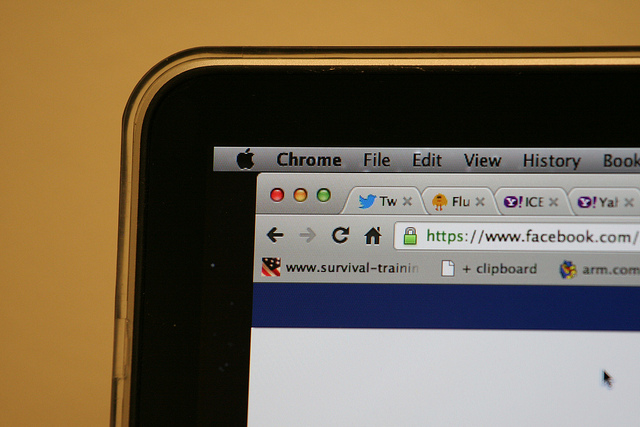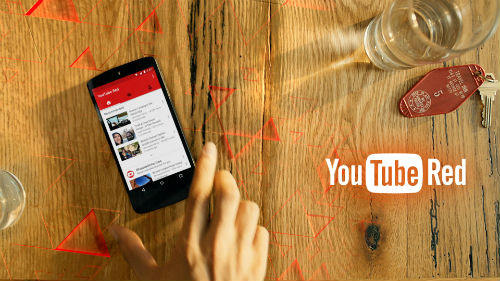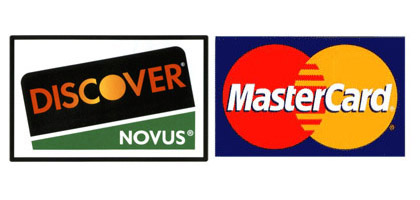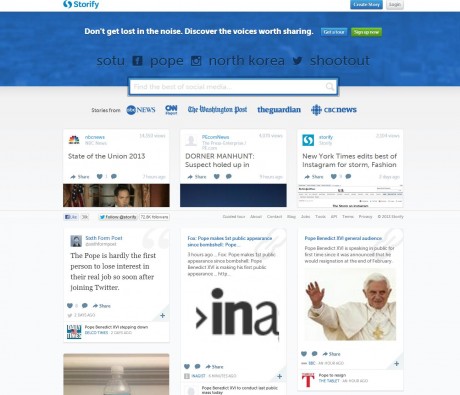If you’re a Chrome, Safari, or Firefox user, you’ve probably come across AdBlock before. The extension application boasts over 40 million users on Chrome alone, and costs nothing except for an optional donation to creator Michael Gundlach. People have long appreciated Gundlach’s approach regarding his software usage terms, which blocks almost all scripted adverts across the internet, including paid listings from Google and YouTube adverts.

However, AdBlock as we know it appears to be ending, and as per usual, the culprit appears to be money. Gundlach this month announced he is selling AdBlock to a mystery buyer and that subsequently the company will be participating in Acceptable Ads (AA). The program, which was created by a collective of online businesses including competing browser extension AdBlock Plus, whitelists adverts in AdBlock-equipped browsers which meet a criteria as follows:
- Acceptable Ads are not annoying.
- Acceptable Ads do not disrupt or distort the page content we’re trying to read.
- Acceptable Ads are transparent with us about being an ad.
- Acceptable Ads are effective without shouting at us.
- Acceptable Ads are appropriate to the site that we are on.
Any ads up to this standard will appear to the user regardless of whether they are using adblocking software or not. The move is aimed at encouraging people to use blocking applications more selectively, by allowing ads on sites which they might want to support and giving smaller businesses a chance of generating advertising revenues. The whole move is somewhat steeped in irony. AdBlock has always pushed users to pay what they can afford for the software and Gundlach himself classed it as ‘honour-ware’, however its express purpose is to block adverts and therefore block revenue from reaching advertisers. Also ironic is AdBlock’s refusal to name its buyer and value, despite pushing people to always publically disclose how much they donate to the service.
Paid Advertising
We should also consider what effect the AA program would have on paid listings and sponsored advertisements. Many users, up until recently, may not have even encountered these kind of adverts for a long time, if ever. The implementation of the AA policy means the viewership of such advertisements is set to spike significantly if deemed suitable. We also really need to understand more about the mystery buyer to ascertain what kind of adverts will be accepted. For example, with Google potentially losing large portions of advertising revenue from YouTube and PPC due to AdBlock and similar software, it would have a vested interest in buying the application or even removing it entirely. According to Eyeo, a software developer and one of the main proponents of AA, an independent board will be responsible for deciding which adverts are accepted into the policy. Apart from this, we don’t really know much more about the process or who actually makes the final decisions. The vague responses given by Gundlach, AdBlock and almost anyone associated with AA, as well as the secrecy surrounding the buyer, has made many users uneasy. Whilst advertisers hate adblockers and the income which it ultimately costs them, they have also shown a vested interest in finding a middle ground with their users. There’s been a broad range of suggestions so far, including paid subscription models and microtransactions, all of which are generally rejected by most internet users. The AA has managed to overcome this problem by claiming to adhere to the standards held by the majority of internet users.
The End Result
So how could this change the way people see adverts online? Many companies have resorted to subscription models to compensate for the loss in advertising revenue caused by adblocking software. Most notably there’s YouTube Red, which is said to be a direct response to adblockers and the way modern users consume content online.

Up until recently, the most reasonable way to guarantee advertising revenue was through paid services and sponsored content on specifically selected websites. However, the changes Acceptable Ads are bringing to adblocking software, as well as the rising adoption of AA policies, could be a bigger shake-up than previously anticipated. If AdBlock remains popular, it could cast AA as the new standard setter of online advertising, creating a monopoly which puts AdBlock software at the centre of online marketing consumption. Or, much more likely, users will migrate to an adblocking software which does not participate in the AA program. This reminds me of how the film and music industries struggled to find its footing during the rise of digital media distribution; in the end, it proved that users were more than willing to pay for content if the service itself was sufficient, as seen with the meteoric success of Netflix and Spotify, both of which offer zero advertising models. I believe we could view online advertising in the same way; AdBlock was originally built on the basis of honour-ware, and explicitly stated that users should support websites they enjoy by disabling AdBlock whenever they visit the site (more commonly known as whitelisting), so finding a common ground with users if AA is rejected would become increasingly difficult with alternative software options available. The approach that AA will be taking is questionable in its current state, especially as the existing process of whitelisting provides users with a much greater degree of control over which adverts they see, as well as the content providers they choose to support.
Thanks for Reading
Take a look at some of my other blog posts to find out more about digital trends, or sign up to the ThoughtShift Guest List, our monthly email, to keep up-to-date on all our blogposts, guides and events.






